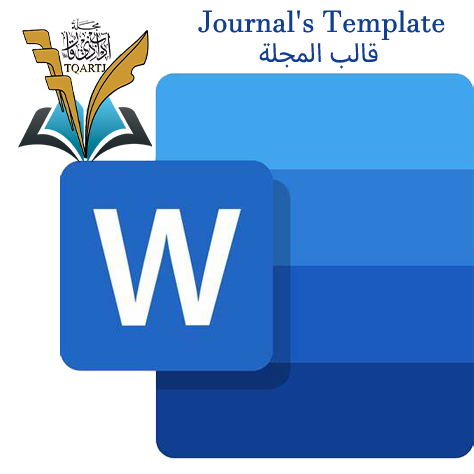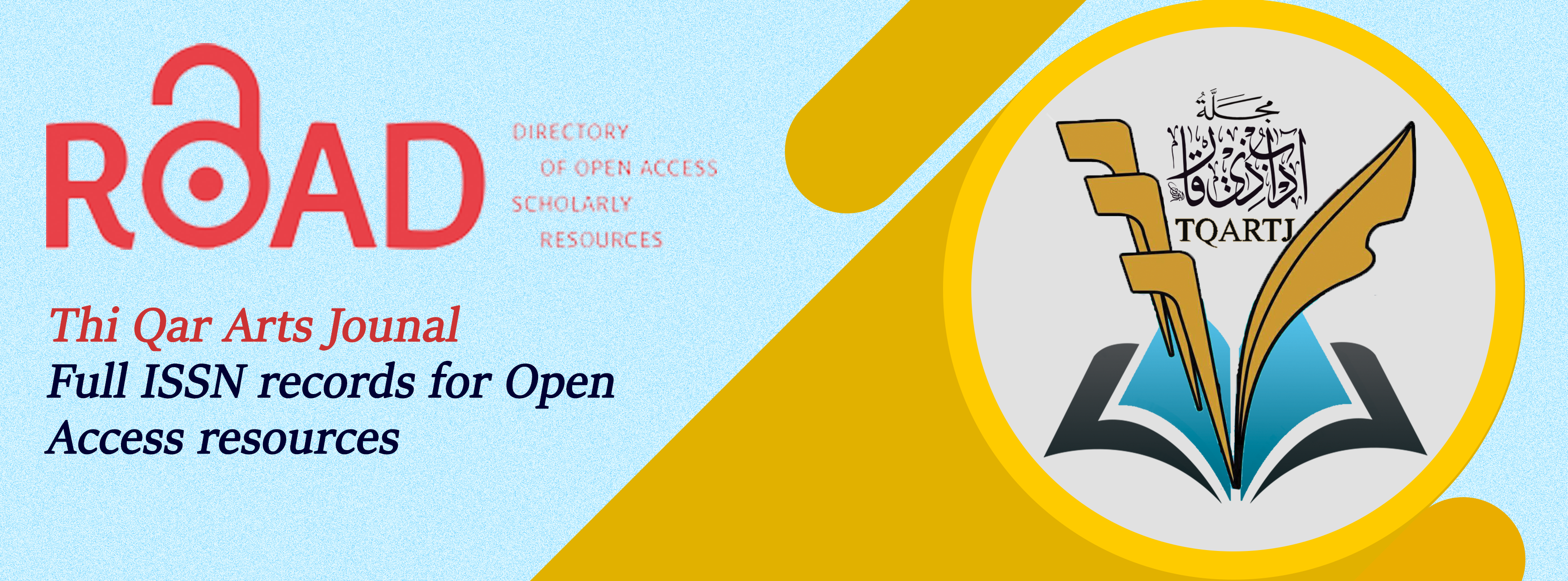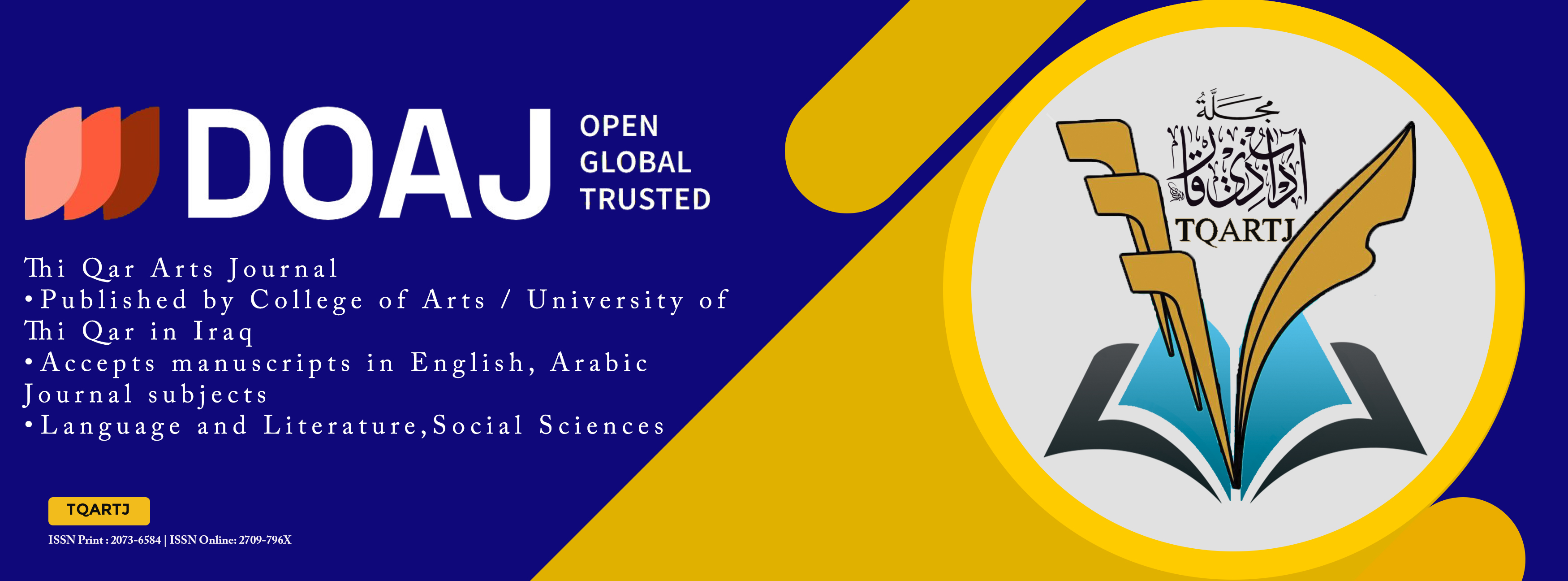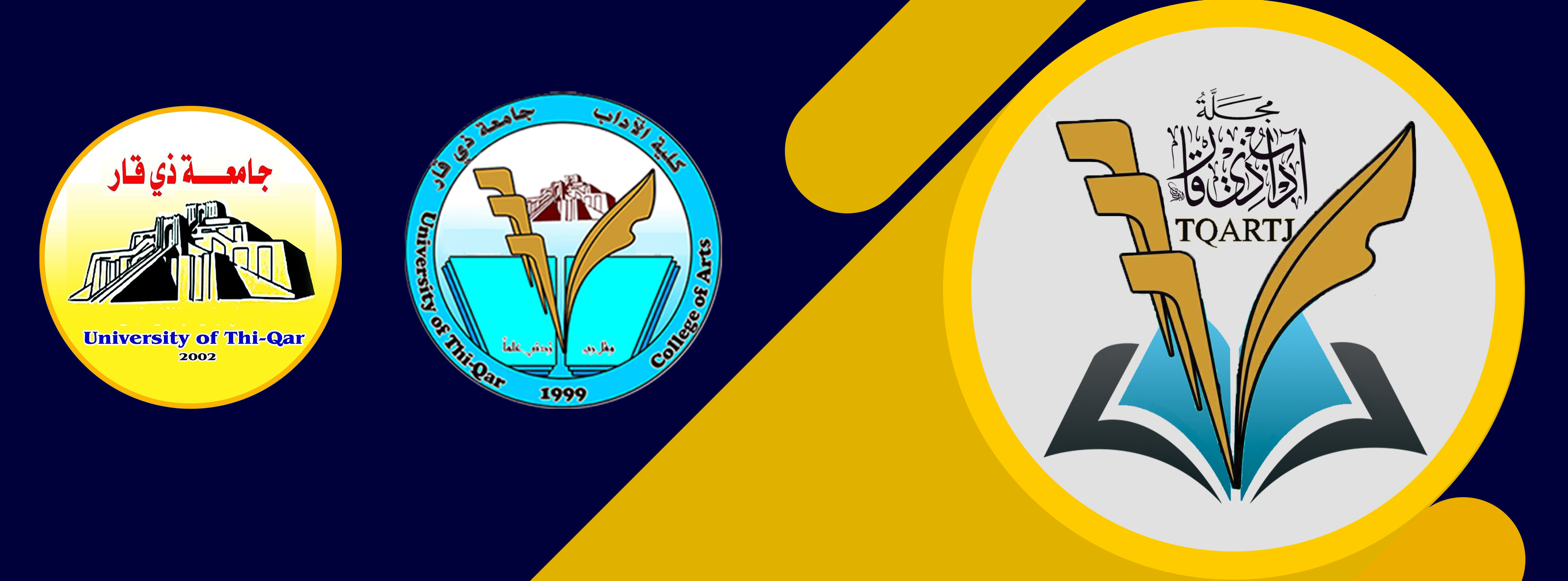Artificial Intelligence and Digital Technology in Their Relation to Human Existence and Artistic Creativity
DOI:
https://doi.org/10.32792/tqartj.v1i44.483Keywords:
Artificial intelligence, digital technology, human-machine interaction, artistic creativity, human existence.Abstract
This research explores the impact of artificial intelligence and digital technologies on human existence and artistic creativity in our contemporary reality. The paper sheds light on the transformations of the relationship between humans and technology, where the study responded to questions about whether these technologies are just tools or have a deeper impact on the human experience. The paper also focused on the impact of these technologies on artistic creativity, where it was shown that artificial intelligence can be a source of inspiration for creativity, and that digital technologies provide new platforms for artistic expression. However, challenges were observed related to the importance of preserving authenticity and balance between technical and human factors in a rapidly changing society. The paper highlighted the importance of developing policies and ethical frameworks that guide the use of technologies towards enhancing human values and encouraging creativity. With a focus on developing technology that respects human identity and promotes diversity of creativity. This makes us face an approach of benefiting from technology without giving up the essential aspects of humanity and art. In short, this article highlights the importance of exploring the impact of artificial intelligence and digital technologies on human existence and artistic creativity, with a focus on the challenges and opportunities that are growing in this context.
Received 10/9/2023,
Accepted 28/12/2023
, Published 31/12/2023.
Downloads
References
Buchholz, E, L / Zimmermann, B. (2000). Pablo Picasso: His Life and Work. France. Ed. Könemann. Coll. Mini of Great Art.
Gombrich, Ernst. (2022). The Story of Art. Translated by Aref Hudhayfah, Reviewed by Zainat Bayta, Manama, Bahrain Authority for Culture and Antiquities, 3rd ed.
Hartley, John. (2007). Creative Industries, (How to Produce Culture in a World of Technology and Globalization?). Translated by Badr Al-Sayed Sulaiman Al-Rafei. Vol. 1, Kuwait: National Council for Culture and Literature, World of Knowledge 338.
Schäfer, Valérie. (2015). Renewing Science and the Science of Renewal in the Digital Age: Informatics and Scientific Communication in the Digital Age (Elite of Researchers). Translated by Dr. Essam Al-Muhya. Beirut, Lebanon: Dar Al-Dafaf Publications.
Floridi, Luciano. (2017). The Fourth Revolution. (How the Informational Envelope Reshapes the Human Reality?). Translated by Luay Abdel Majid Al-Sayed, Kuwait: National Council for Culture and Literature, World of Knowledge 452.
Haroun (Mohamed Abdel Hafez). (2003). The Formative and Expressive Values of Wooden Statues in Ancient Egyptian Sculpture (As a Source for Sculptural Formation). Master Thesis, Helwan University, Egypt: College of Art Education.
Downloads
Published
Issue
Section
License
Copyright (c) 2023 Dr. Najla Ahmed Kabier

This work is licensed under a Creative Commons Attribution 4.0 International License.
The journal applies the license of CC BY (a Creative Commons Attribution International license). This license allows authors to keep ownership of the copyright of their papers. But this license permits any user to download, print out, extract, reuse, archive, and distribute the article, so long as appropriate credit is given to the authors and the source of the work. The license ensures that the article will be available as widely as possible and that the article can be included in any scientific archive.



















